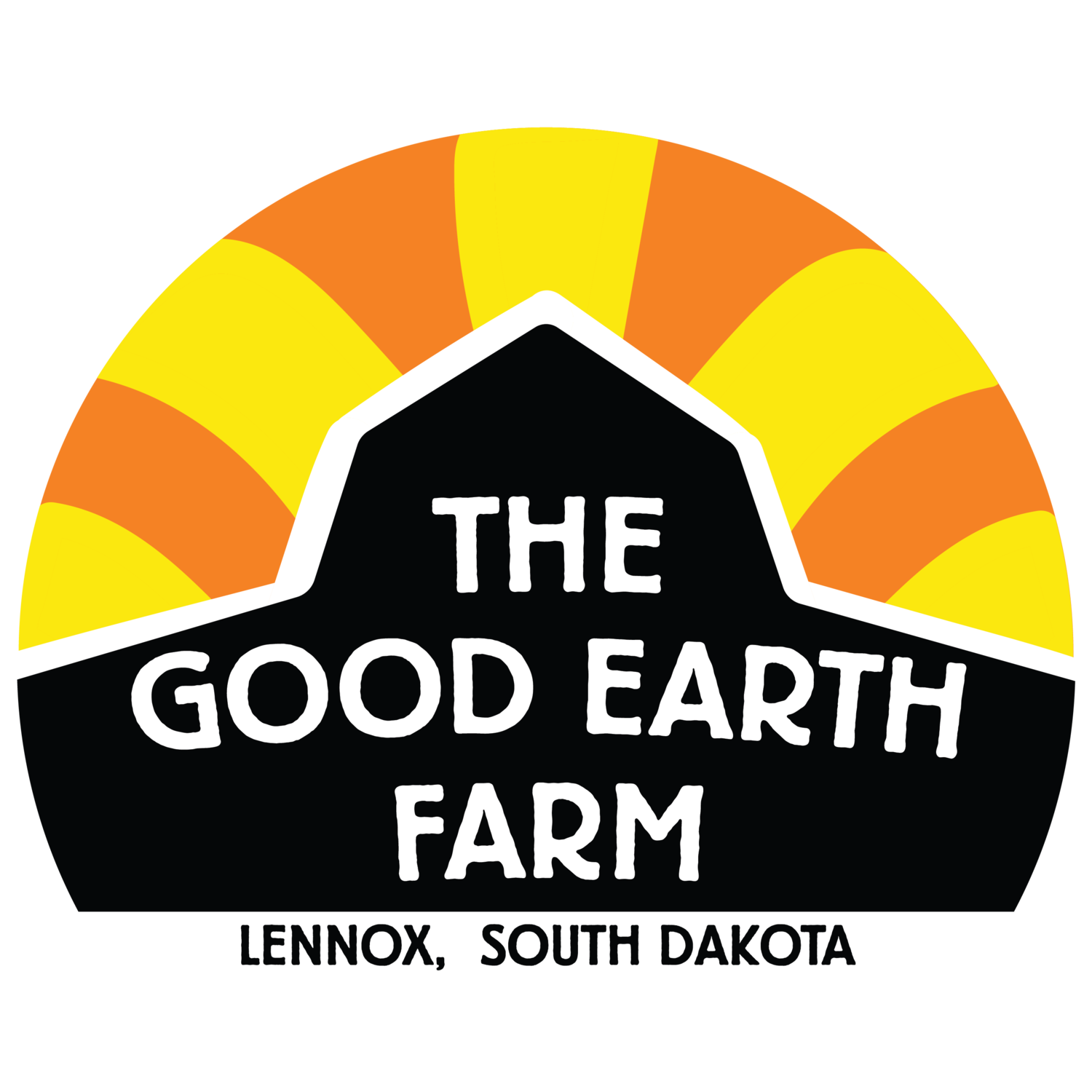Planting your Garden
I love planting my garden. Every January when the seed catalogues start rolling the spark is re-lit for planting. By then I’ve had a few months off of pulling weeds, harvesting thousands of pounds of pumpkins and squash and endlessly hitting refresh on my weather app. If everything has gone well, which let’s be honest, rarely happens--I’ve planted a cover crop and it’s holding my soil in place for next season. I get to take a break and recover for a few months. January and February are a perfect time to plan, dream, and order seeds; there’s really nothing else you can do. In March you enter the danger zone. One 50 degree day and you’re outside working in a t-shirt cleaning out the chicken coop thinking “a few more warm days like this, and I’ll be planting”. The next morning you wake up sore, wind burnt, and a little relieved that the extended forecast is calling for highs in 30’s. You’ve got a few more weeks to get your back and hamstrings into gardening shape.
Mid March is the time to start some of the Midwest staples from seed if you have the space inside: tomatoes, peppers, and eggplant. Peppers are probably the ficklest of those three, so giving yourself a buffer of time is good. I’m considered a commercial grower, so my planting schedule may look different than some that you see. I can’t take the chance that we are going to get a late frost in May, so my delicate plants (tomatoes, peppers, eggplants) get transplanted after Mother’s Day. I don’t want my transplants to be huge as it takes more work, so my ideal tomato start is about 5-6 inches tall.
If you don’t have the space or desire to start your plants from seeds, I recommend getting your starts from a local grower. There are a few in the area, Cherry Rock Farms and Nom Nom Gardens, both start plants for the public to purchase. These plants will perform better than the ones that you get from the big box stores. I spent a winter working at a commercial greenhouse and learned that there are chemicals to inhibit growth in starts if the spring is late (like this one is shaping up to be) along with a whole bunch of other chemicals to keep bugs and fungus away. This may be ok for flowers, but I don’t really want any of that stuff on fruit bearing plants. Plants from local growers will outperform the big box plants and be a little healthier for everyone involved.
The most important element to planting your garden is soil temperature. Snow acts as an insulator for the soil. Our lack of it this winter coupled with below normal temps has slowed the warming of soil temps so there is no rush to get things in the ground. You can purchase a temperature and moisture meter for your soil for around $20—it’s well worth the investment. Most plants don’t like soil temps below 50 degrees. I’m going to plant my potatoes and onions plants this week. I generally direct seed cucumbers, zucchini, melons, and winter squash including pumpkins in June. This gives them a better chance of avoiding destruction from the cucumber beetle. We’ve even planted pumpkins as late as July 4th and had an amazing harvest in time for Halloween.
Your garden is forgiving. Give it water, fertilizer, and a weed free space and you are set. If you don’t do all of that all of the time, you will still get something out of it in the form of food or maybe just an appreciation of what it takes to get that food to your plate.

